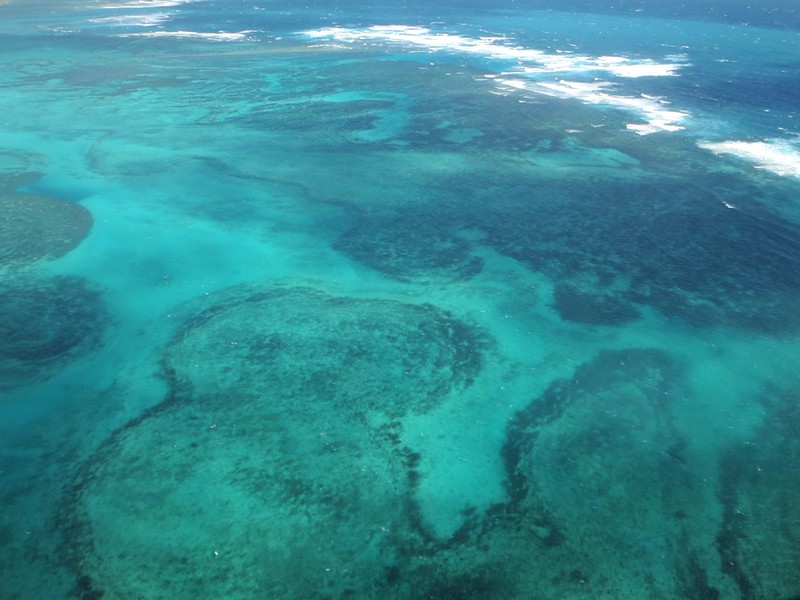Virgin coral reefs, crystal blue ocean, flourishing wildlife – on the face of it The Montebello Islands are every tourist’s dream. Comprising over 265 low-lying islands and islets off the coast of western Australia, The Montebellos offer ‘excellent recreational fishing opportunities’ according to Montebello Islands Safari. Or diving and admiring these majestic underwater creatures, if putting a hook through them is not your bag.
But this archipelago paradise has a past far murkier than its shimmering waters would suggest.
Sixty-eight years ago, some 350 metres off the coast of Trimouille Island, Britain carried out its first nuclear test, exposing servicemen to high levels of radiation, condemning many of them, and their descendants, to a lifetime of serious health problems.
And nearly seven decades on, these brave men are still fighting the Ministry of Defence for recognition and restitution.
On October 3rd, 1952, 21-year-old Tom Doidge lined up alongside his fellow sailors on the deck of the HMS Campania, the boat that had also carried scientists to the test site. There was a buzz of excitement as the young men awaited the test, with little comprehension as to what they were about to bear witness to, and how that moment would shape, and in many cases cut short, their futures.
The plutonium implosion bomb was similar to the Fat Man, the device the United States detonated over Nagasaki in 1945, heralding the end of World War II. This time the bomb was hidden in the hull of HMS Plym, as the threat of a ship smuggled device was one that greatly concerned the British Government at that time.
The men on the deck of HMS Campania were dressed in shorts, several were topless, and there was not a radiation suit to be seen.
Gillian Doidge, Tom’s widow, said: “When the bomb went off, they were told to turn their backs and look away.
“It was awful. Some said when it went off they could see the bones through their hands like an X-ray.”
And the disregard for the men’s safety didn’t stop with the lack of protective equipment.
Gillian added: “Afterwards a load of them went swimming in the sea, even though it wasn’t safe. But they didn’t tell them that. Tom wasn’t much of a swimmer so he didn’t join them.”
One veteran later recalled how, following the test, the bodies of hundreds of thousands of dead turtles littered the beach, killed by the radiation. Low levels of radiation were detected as far away as Brisbane – more than 5,000km from the test site.
Operation Hurricane was the first of three British nuclear tests at the Montebello Islands, with more following on the Australian mainland between 1955 and 1963. These included the notorious Grapple Y, which was 100 times more powerful than the bombs that levelled Hiroshima and Nagasaki.
Over the following decades, many of the some 22,000 test veterans and their descendants suffered ill health, with an increased rate of cancers, infertility and a higher rate of birth defects in their children also recorded. British servicemen who participated in the testing claimed they had been used as human guinea pigs, and their fight for compensation continues to this day.
Other countries have paid out to their nuclear veterans – including Fiji, the USA and France – but the UK government maintains there is no proven link to increased levels of cancer in nuclear test veterans.
There was a glimmer of hope in the summer of 2018 when Defence Secretary Gavin Williamson promised a medals review and new health research.
However, a Freedom of Information Request showed that nearly two years after this promise, the medal review panel has yet to hold a meeting attended by all members.
At the Labour conference in September 2019, the Party promised all surviving British nuclear test veterans £50,000 each in compensation. But as the party failed to get into Government, the issue of compensation has still to be addressed.
The British Nuclear Test Veterans Association (BNTVA), which was formed to campaign for recognition and restitution of servicemen who participated in the tests, believe just 1,500 veterans are still alive today.
With their numbers dwindling rapidly, soon there will be no veterans left. These brave men, who served their country and unwittingly took part in what could be described as the most horrendous experiment, affecting them and their descendants, are being left to die without their much-desired and deserved recognition and restitution. And that is utterly shameful.
Nearly 70 years after the bombs, the Montebello’s golden shores still bear the reminders of its nuclear past.
Concrete bunkers, monitoring stations and scrap metal left over from the tests can still be found on some of the islands. The test site at Trimouille remains radioactive, with signs warning tourists not to stay in the area for more than a couple of hours. Visitors are also warned not to disturb the soil or handle or remove relics associated with the test.
Australia will bear the physical scars of the tests for many years. In Britain, we must never be allowed to forget the horrors that unfolded there.
Image credit: David Stanley

